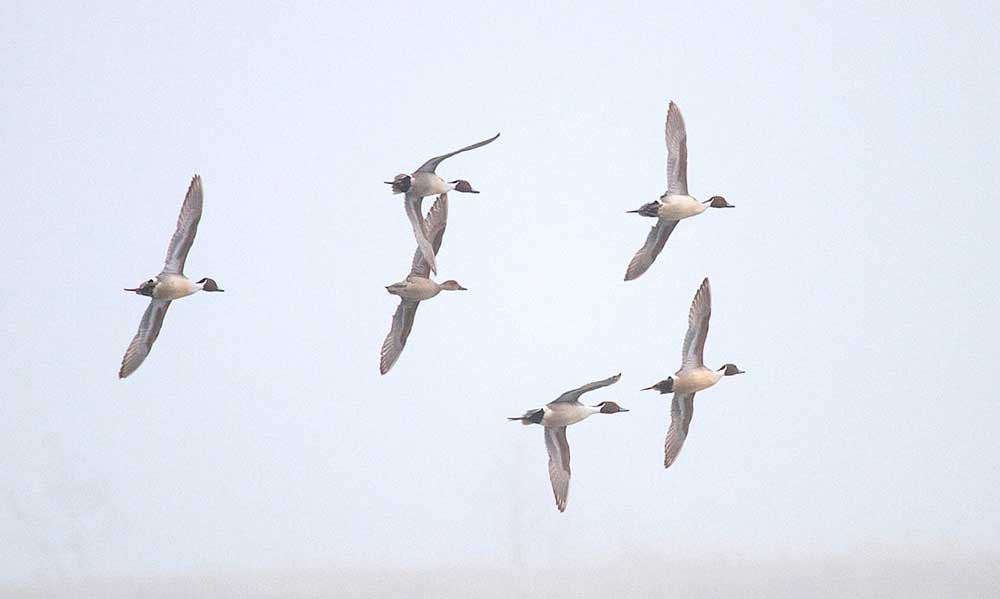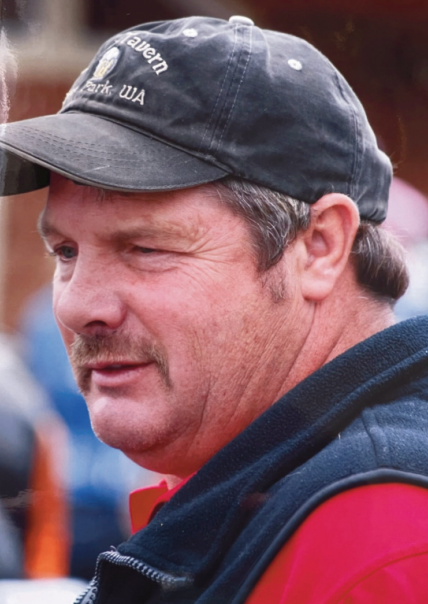Northern pintails: A population on the decline
Published 4:10 am Wednesday, March 22, 2017

- Northern pintails on the wing.
The Willapa National Wildlife Refuge is an important stopping and gathering point for migrating ducks in the spring and fall. Thousands of them stop for food and rest on their way north to their breeding grounds and again on their way south to their wintering areas. One of the most numerous ducks we see is the northern pintail. It prefers freshwater ponds and marshes, but we also see them on Willapa Bay in large numbers and elsewhere in the refuge. At this very moment, northern pintails are on their way north. This species is one of the earliest nesting ducks in the northern areas of North America so it is not surprising that they are already on their way to their breeding grounds.
Trending
The northern pintail is sleek, long-necked, and has elegant looking tapered wings. The male is particularly striking with his chocolate brown head, long neck and white under-parts. He is also distinguished by his extremely long, pointed, black tail feathers and its long, slim, neck with a thin, white, line running up the back of the neck. The design is exquisite.
The female northern pintail is also sleek and elegant in appearance. She has a long, slim, graceful neck. The central feathers of her quite pointed and long tail are longer than the rest of her tail feathers. She is buffy-brown in color with a soft brown, plain colored head and a gray bill.
Northern pintails find the aquatic vegetation of the refuge to their liking. They feed mainly on seeds that they take from the water when they are foraging. They will also graze in open fields. When feeding in shallow ponds and marshes they dabble by tipping up their tails in the air.
Trending
The Cornell Ornithological Lab reports that “northern pintail populations declined throughout most of their range between 1966 and 2012,” resulting in a precipitous loss. In addition, Cornell reports that “The 2014 State of the Birds” indicates that “the northern pintail is a common bird in steep decline.” Look for them. If their population continues to decline, we may not see many of these ducks in the near future.
The northern pintail is one of our most beautiful ducks. If you see an elegant looking duck with a long slender neck and very long pointed tail, it will likely be the northern pintail.









